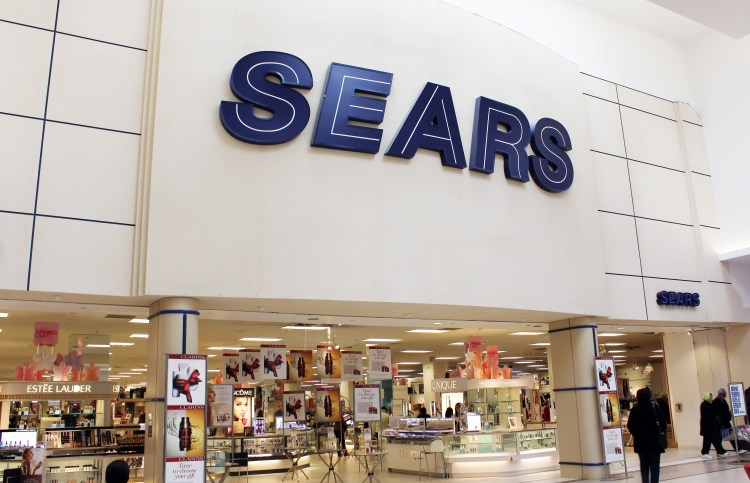In June, Amazon announced it would acquire Whole Foods in a $13.7 billion transaction. In an instant, rival grocers Kroger, Walmart and Target saw their market values drop an aggregate $22 billion.
Now this week, Amazon announced a partnership with Sears to sell Kenmore’s appliances on Amazon.com. In similar fashion, shares of Home Depot and Lowe’s plummeted, wiping out $12 billion in market value.
The appliance industry has been largely shielded from Amazon’s dominance. Amazon has remained a minor player so far, and the big box retailers still wield significant power. To date, Home Depot, Lowe’s and the other retailers have been successful in preventing major appliance brands from selling on Amazon. With the Kenmore deal, however, this landscape has changed radically.
Appliance sales is a high-touch shopping segment. Consumers like to be able to see and touch appliances before committing to buy. Appliances need to be installed and repaired, so shoppers generally prefer buying from a local store where they know they can obtain these services. To date, ecommerce players have not found a way to break into this ecosystem.
June 5th: The AI Audit in NYC
Join us next week in NYC to engage with top executive leaders, delving into strategies for auditing AI models to ensure fairness, optimal performance, and ethical compliance across diverse organizations. Secure your attendance for this exclusive invite-only event.
But with Amazon battling Apple and Google to own the smart home assistant segment, it’s not hard to imagine that Jeff Bezos has ambitions of integrating Alexa (and still-in-development AI technology) into Kenmore home appliances. As an Amazon-connected device, your refrigerator could intelligently know when you need to order items, then place orders for you, which could then be delivered to you via Amazon Fresh or be available for pick up at your local Whole Foods location. You can imagine Kenmore’s entire line of washing machines, dishwashers, ovens, and home climate systems being integrated with Alexa and sold and installed at your local Sears store.
And if Amazon acquired Sears, it would also get access to 650 physical retail locations.
Clearly, gaining access to physical locations is a priority for the e-commerce giant – witness its Amazon Go initiative, its NYC flagship store (with more coming), and the Whole Foods acquisition. By acquiring Sears, Amazon would get a network of locations to rival Best Buy, where it could even provide services to compete with Best Buy’s Geek Squad. Consumers will need services to install and optimize smart home technology, and a Sears acquisition could give Amazon a big leg up on Apple and Google in the smart home race.
It seems clear that Amazon envisions a future in which consumers interact with the e-commerce service via voice, in the home, and in physical retail locations. Physical retailers are under pressure, and the ones that survive and thrive will be the ones that are able to evolve their spaces into digitally-enabled interaction points, providing consumers with experiences, services, and opportunities to build community. Amazon is clearly moving towards this future, and Sears may just be its next target along the way.
Michael Quoc is the founder and CEO of Zipfworks and was previously a director of product management at Yahoo.

